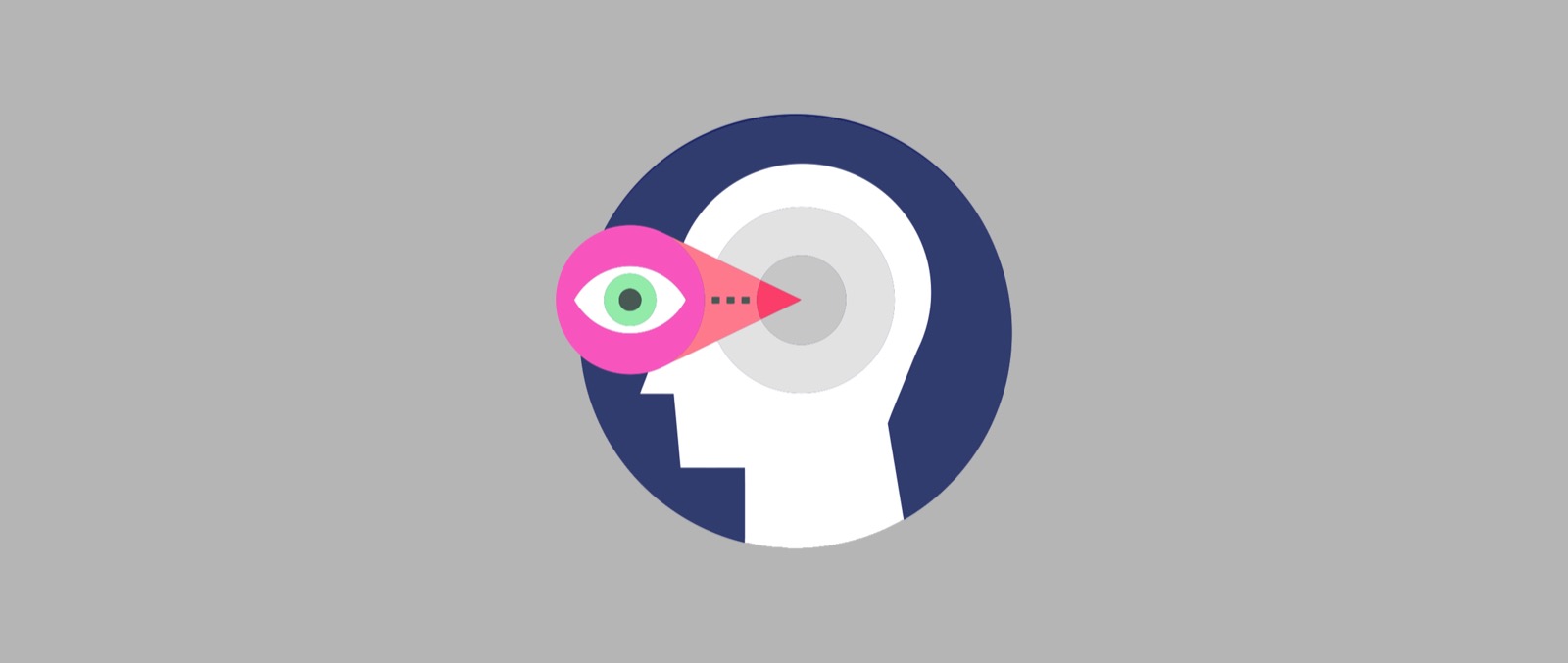
We already know that stroke is one of the most well-known neurological diseases, especially because it usually leads to significant physical and cognitive disability and the dependence of the patient on a caregiver or family member and on social-health rehabilitation and treatment services.
Of the symptoms that patients with stroke may present, the most common is hemiplegia, that is, the loss of movement and / or sensitivity in the half of the body contralateral to the brain injury. However, there are other alterations that affect the patient with stroke, such as speech disturbance, cognitive disturbance and even visual disturbances. Visual alterations affect the functionality of people with stroke and increase the risk of falling compared to people without pathology, even within the same age group.
This increased risk of falling and therefore loss of balance is associated with low quality of life and low participation in daily activities, that is, individuals with poorly balanced stroke tend to be more sedentary and dependent on other people due to the impossibility or insecurity of performing tasks such as dressing, changing from the chair to bed, going to the bathroom, and even other more demanding tasks such as setting the table, heating a glass of milk or going out to buy a loaf of bread.
Our nervous system is responsible for incorporating visual, vestibular (from the ear) and somatosensory (from the body) information so that we can maintain a correct body position against gravity, in other words, maintain balance. Body alteration is well known and worked on in neurological physiotherapy sessions and treatments. Neurological physiotherapists who work with stroke patients already know different techniques to improve balance, however the visual aspects, that is, visual disturbances, must be taken into account.
Of the visual alterations, the most frequent in people with stroke are the reduction of the visual field, double vision or diplopia and problems in the movements of the eyes, oculomotor problems. In this sense, and in the face of possible alterations of the visual system, it seems that visual training favors balance in patients with stroke.
You can consult the following work, carried out in Sant Cugat del Vallés, by colleagues Carina Salgueiro and Jesus Marques on this facet of balance rehabilitation in stroke patients: https://www.elsevier.es/es-revista-fisioterapia-146-articulo-influencia-del-entrenamiento-visual-el-S0211563818300853?referer=buscador
